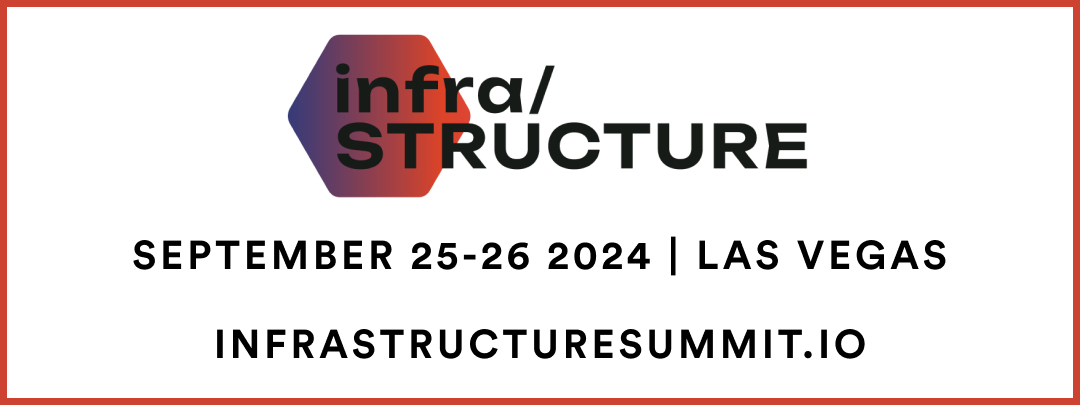Master planning, hyperscale cloud, earnings, GPUs, renewables, capacity constraints, migrations
It was a busy week across the sector, with earnings season in full swing, more activity around master-planned data centre parks, GPU product launches and a number of developments around renewable energy.
The hyperscale clouds kicked off earnings season. We looked at Microsoft’s cloud results last week and this week took a closer look at the results coming from AWS and Google Cloud. For all three of the leading hyperscalers, there were signs of stabilization and slowing in the revenue growth deceleration we have seen over the last year. In fact, there were indications that things are starting to accelerate, and AI is a big part of that story.
AI demand continues to pick up and we saw more operators look at ways to support GPU cloud hosting. Equinix went the partner path with NVIDIA and will enable private infrastructure in its data centres, while Singtel is building a new arm for direct service delivery and partnering with NVIDIA as well. Crusoe Energy is one of the growing GPU cloud providers and set up a node in Iceland with atNorth.
Master-planned data centre parks continue to push forward as hyperscalers are buying larger volumes and with increasingly longer lead times. PowerHouse Data Centers entered the market in Reno, Nevada and Tract partnered with Silicon Ranch for renewable energy. On the renewables side, there were a number of PPAs, with the likes of Google, Amazon and Equinix all committing to energy purchase agreements.
Meanwhile, as hyperscale and AI continues to scale, Oracle Cloud is having trouble keeping up and is playing catch up with its capacity requirements. We look at how it is trying to address this challenge. Meta is also looking to fill gaps, and while it has been a consistent self-builder of data centres, has contracted for some colocation in Europe.
Finally, there were more examples of movement from traditional to outsourced infrastructure. AWS had several customers move their on-premise infrastructure to its cloud.
or



